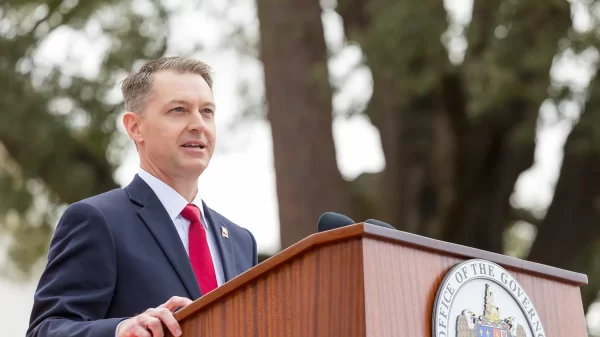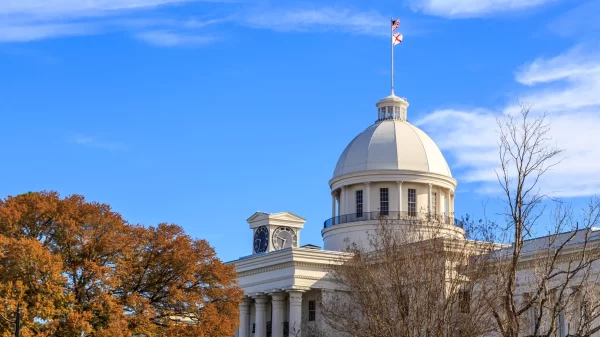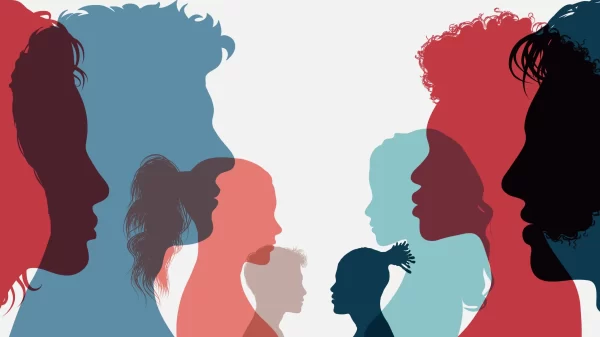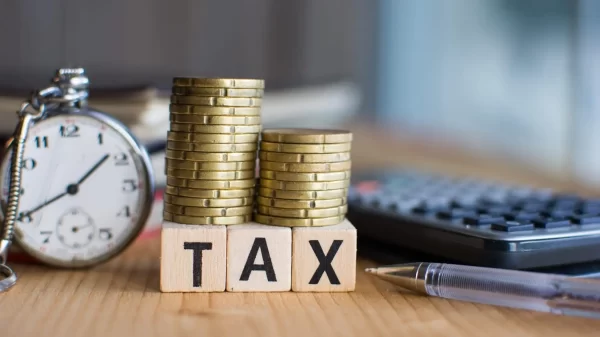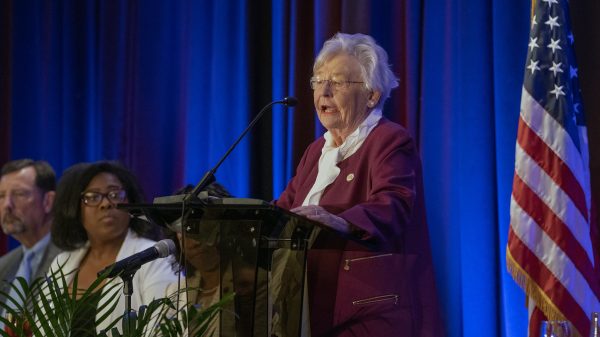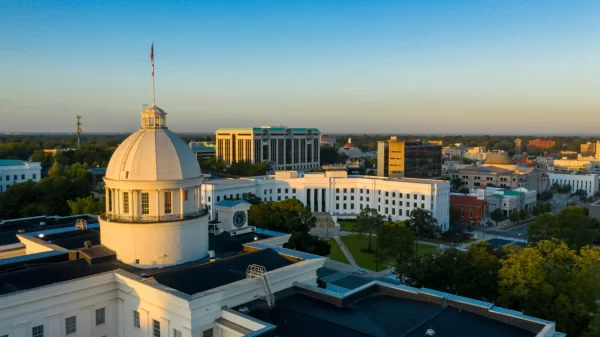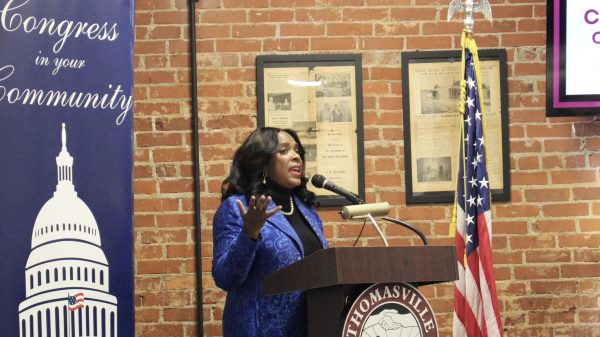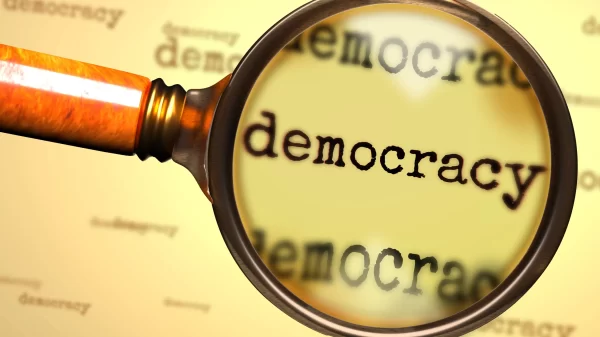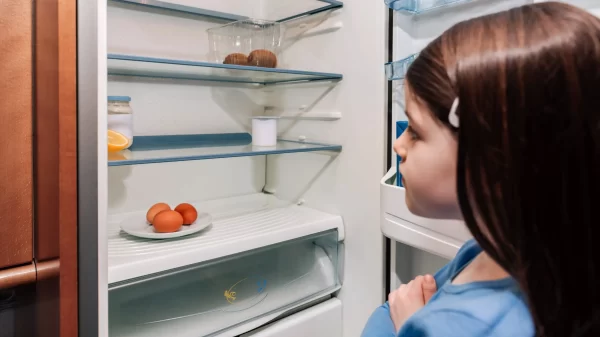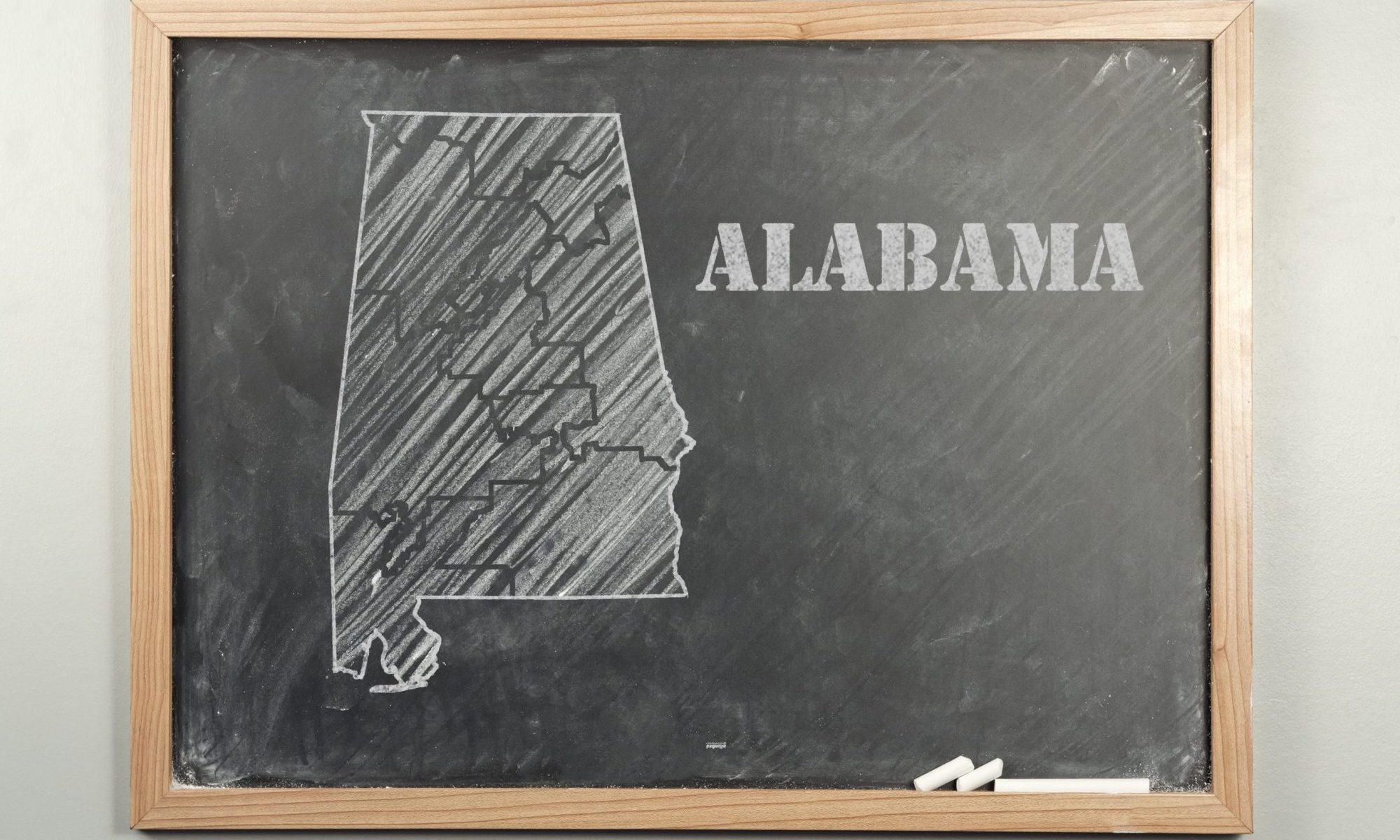According to the latest numbers presented in the 2018 Alabama Poverty Data Sheet Alabama is still the sixth poorest state in the U.S., but it is improving if only by small measures. Surveys show that poverty, child food insecurity, homelessness and accompanied disadvantages take a toll not just on those enduring such hardships but on the state and nation as a whole. While the new analysis finds moderate improvement, the means to alleviate systemic poverty in Alabama are far behind most states.
“It is encouraging to see that fewer Alabamians live in poverty year-over-year, but we still have 800,000 friends and neighbors who face significant barriers to prosperity,” said Kristina Scott, executive director of Alabama Possible. “It is also deeply concerning to see that the median household income for people of color in Alabama is roughly $15,000 – $20,000 lower than the median household income for white citizens. We must advocate for equitable systems that will dismantle poverty and promote prosperity for all Alabamians.”
The recent survey by Alabama Possible, a statewide nonprofit organization that removes barriers to prosperity, finds the number of Alabamians living in poverty has dropped from nearly 900,000 to just over 800,000 which means 17.2 percent of Alabamians live below the federally recognized poverty line where the national average at 14 percent of the total population.
The poverty line according to federal standards is $24,257 for a family of four in 15 of Alabama’s 67 counties the poverty rate is higher than 25 percent with eight counties seeing a poverty rate higher than 30 percent.
Perhaps most alarming is that 250,000 children live in poverty and that overall child food insecurity rate is at 22.5 percent, which is higher than the national average of 17.5 percent.
A study on the impact of food insecurity and hunger on child health, by John Cook, Ph.D., and Karen Jeng, AB, found, “While every American is morally offended by the existence of childhood hunger, pediatricians, and public health professionals see the tragic effects of this unnecessary condition graphically imprinted on the bodies and minds of children.”
The study by Cook and Jeng concluded that a child who suffers food insecurity is, “sick more often, and more likely to have to be hospitalized (the costs of which are passed along to the business community as insurance and tax burdens.” It also found that hungry children, “suffer growth impairment that precludes their reaching their full physical potential, and incur developmental impairments that limit their physical, intellectual and emotional development.”
Alabama Possible’s study shows poverty effects 13.6 percent of Alabama’s white population with Black and Hispanic citizens more than double that number at 30.1 and 32.6 percent respectively. Over 10 percent of individuals over 65 years of age live below the poverty level while female heads of household with related children in nearly 50 percent. According to the National Women’s Law Center, “being a woman increases the odds of being poor in America,” an Alabama Possible’s survey bears out that point.
Alabama’s median household income is $46,309, which is $11,308 less than the national median of $57,617.
Alabama Possible is a statewide nonprofit organization that removes barriers to prosperity through advocacy, education and collaboration in Alabama since 1993.



